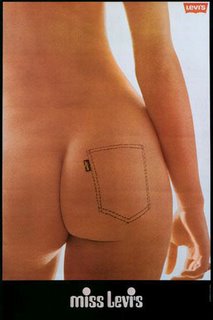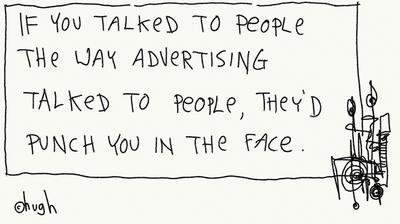An the Agency of the Year is...........for the 4th year on the row
Leo Burnett & Target
Inca unul si se implineste promisiunea lui Bogdan
Se cuvine sa felicit GMP pentru prestatie!
Search
Me

About
A sparking curious mind, who dares to struggle in order to win. Views my own, unless stated otherwise.
Get in touch!
Contributor to
Tweet Level
Daily Dose
Romanian Blogs
Planning Globe
- APG
- Account Planning Romania
- APG Australia
- This Blog Sits at the
- John Griffiths
- Adliterate
- Blurb
- John Grant
- The Hidden Persuader
- Russell Davies
- Pink Air
- Conformists Unite
- David Nottoli
- No Man's Blog
- Talent Imitates
- Brand New
- Holy Cow
- Piece
- Organic Frog
- Big Picture
- Planningblog
- Chroma
- Influx
- Ad Pit
- Fallon Planning Blog
- Planning On Subversion
- Northern Planner
- Rock'n'roll & Advertising
- Kevin Rothermel
- Skeeballers
- Plannerliness
- Espinha
- Planning from the outside
Random Inspiration
Blogroll
- Advertising/Design Goodness
- Ad Hunt
- Ad ++
- Ad Freak
- Adhurl
- Adjab
- Ad Pulp
- Adrants
- AdScam/The Horror!
- Adtrocius
- Adverblog
- Armchair Media
- Authentic Boredom
- blog Fabrica
- Bannerblog
- Be A Design Group
- Being Reasonable
- Bigshinything
- Billboardom
- Blogfonk
- Brainstorm 9
- Brand Noise
- Brand Flakes for Breakfast
- Everything's Better with Brentter
- CoolzOr
- Copyranter
- Core 77
- Design+Innovation
- Creative Generalist
- Direct Daily
- Ernie Schenck
- Fast Company
- Fontleech
- Fontlover
- Groupies
- Hyper Inked
- Ideamill
- Industrial
- Killer Viral
- Le Blog Personnel
- Marketing Babylon
- M!ndless
- Make The Logo Bigger
- Marketing Alternatif
- Media Culpa
- Media Savvy
- MIT Advertising Lab
- MIT Convergence Culture
- Modern Marketing
- Much Ado About MKTG
- Jupiter Research
- Netzkobold
- Partnes+simons
- PR Studies
- Publicidade off-the-record
- Micro Persuasion
- the fruits of imagination
Archives
- feb. 2014 (2)
- dec. 2013 (1)
- nov. 2013 (2)
- oct. 2013 (1)
- iun. 2013 (1)
- mai 2013 (2)
- apr. 2013 (2)
- mar. 2013 (4)
- feb. 2013 (12)
- oct. 2012 (3)
- sept. 2012 (1)
- iul. 2012 (1)
- iun. 2012 (2)
- mai 2012 (4)
- apr. 2012 (7)
- mar. 2012 (10)
- feb. 2012 (3)
- ian. 2012 (5)
- dec. 2011 (3)
- nov. 2011 (8)
- oct. 2011 (4)
- sept. 2011 (6)
- aug. 2011 (4)
- iul. 2011 (4)
- iun. 2011 (2)
- apr. 2011 (3)
- mar. 2011 (3)
- feb. 2011 (6)
- ian. 2011 (6)
- dec. 2010 (5)
- nov. 2010 (1)
- oct. 2010 (1)
- sept. 2010 (2)
- aug. 2010 (2)
- iul. 2010 (3)
- mai 2010 (1)
- apr. 2010 (5)
- mar. 2010 (6)
- feb. 2010 (4)
- ian. 2010 (2)
- dec. 2009 (13)
- nov. 2009 (3)
- oct. 2009 (4)
- sept. 2009 (5)
- aug. 2009 (3)
- iul. 2009 (2)
- iun. 2009 (4)
- aug. 2008 (2)
- iul. 2008 (3)
- mai 2008 (2)
- apr. 2008 (3)
- mar. 2008 (7)
- feb. 2008 (10)
- ian. 2008 (1)
- oct. 2007 (3)
- sept. 2007 (13)
- aug. 2007 (19)
- iul. 2007 (12)
- iun. 2007 (20)
- mai 2007 (17)
- apr. 2007 (16)
- mar. 2007 (17)
- aug. 2006 (20)
- iul. 2006 (34)
- iun. 2006 (29)
- mai 2006 (40)
- apr. 2006 (24)
- mar. 2006 (2)








